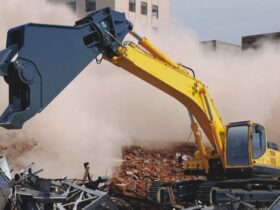The infographic titled “Cleanroom Contamination Control: Cleaning Procedures and PPE” delivers crucial insights into the importance of adhering to cleanroom protocols. It underscores the need for rigorous training and meticulous behavior to prevent contamination in these sensitive environments.
Proper training for cleanroom personnel is essential to ensure that safety procedures become automatic. Even minor actions can lead to significant contamination risks within these settings.
The infographic emphasizes that the choice of undergarments worn under cleanroom suits is vital. Fabrics such as flannel and velour that tend to shed fibers are problematic, as they can compromise the sterility of the environment. Similarly, personal hygiene issues like dandruff can also be sources of contamination, underscoring the need for comprehensive training in all aspects of contamination control.
Cleanrooms are categorized based on the ISO-14644-1 standard, which defines nine levels of cleanliness, ISO 1 through ISO 9. Each level specifies the maximum allowable particle concentration and size, with ISO 1 being the most stringent.
Contamination in cleanrooms poses significant risks. It can cause health hazards not only to staff but potentially to the wider public through contaminated products like foods, pharmaceuticals, or medical devices. The impact of contamination extends to severe economic losses from product recalls and damages to public relations, affecting consumer trust and loyalty.
Cleanrooms are crucial across various industries, including pharmaceuticals, aerospace, nanotechnology, and scientific research. Maintaining their integrity is vital for advancing science and enhancing our quality of life.
For further details on maintaining the safety and integrity of cleanroom environments, it’s advisable to consult the infographic provided below.

Infographic created by Technical Safety Services, specializing in compressed gas air system testing for safety and compliance











